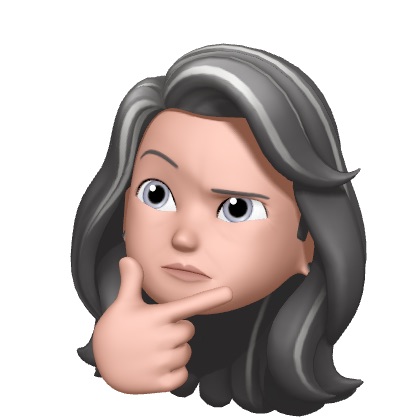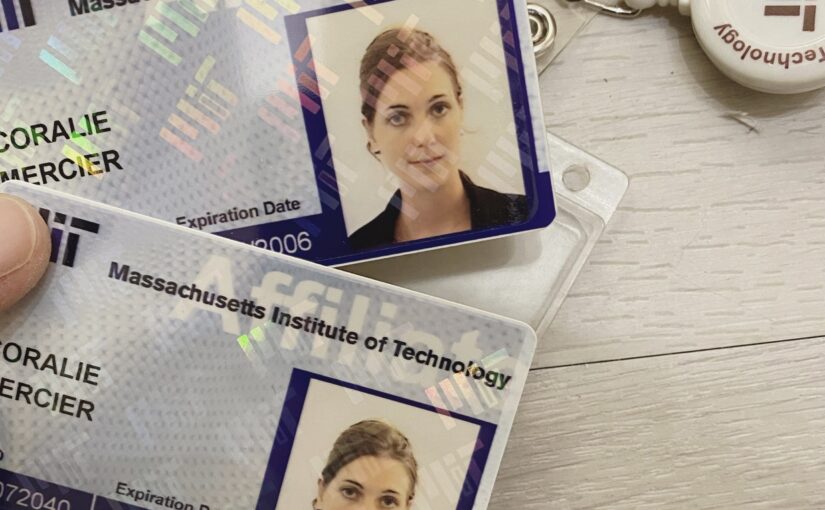It looks like I have tech mistrust or fatigue. Or both! On top of that, I am pretty sure I have work fatigue, which doesn’t help.
You may have tech mistrust or fatigue too if you find dubious websites (or no valid results) when you search the web even through a search engine that is not hell bent on forcing down your throat their own products or any sites or products that are paying them to do that.
I am talking about thousands of websites that look like no human is actually curating, e-commerce sites that through bad translations or dodgy coding return a selection of items so disparate that it makes you wonder just how broken their workflow is, blogs full to the brim with AI-generated images or videos that look like they are relevant but in fact are paragraphs strung together without any editorial care, or news sites that appear to mash up the same news, fake or otherwise.
The web used to be very niche at the start. I remember the time when there were directories of websites. Then the web was great for a decade or two when it enabled people with wide ranges of interests and hobbies to share information or sell their craft or wares, and when serendipity wasn’t just the proverbial prince but a king. The following web era got darker, just like its patterns, when a few big players took advantage of their dominating position and prioritised profits over meaningful and fair trade (information and wares alike).
The web era we’re in now is hell. I am talking about both the shitty monetisation popups (paywalls, auto-play ads, popins that steal your focus, etc.) or privacy and cookies banners, and the crappy content that seems to flood the entire web. I don’t understand how we are where we are. Or rather, I think I do and it makes me hopeless.
I will spare a few paragraphs and go right to the analogy: the web today is like a body of water that is so chaotic, so polluted and so unhealthy that it killed the smaller species and even the sharks are in danger of extinction.
I don’t know about you, but I am ready for the revival of directories of websites curated by people for people, and found through serendipity. How much worse will it get? I am both curious and very afraid. But also angry. And powerless. So I’m frustrated.
Are other people experiencing the same helplessness and frustration?
Or is it because “I’m in the field”, had a good handle of how it was and thus hopes for how much better it could be, that I see how fucked-up greed and narrow mindedness made the web, and all I want to do is escape?
Truth is I want to escape “the field” more often than not these days. But the field has shaped me! So I feel like I am no good in any other field. Worse, I doubt I am any good in the field itself, as I can’t keep up with trends, or understand the direction. It no longer seems like I belong. It’s a bit crazy at work with everyone busily making dents in their TODOs, not taking one moment to question the status quo, trying to please more and more stakeholders without meaning. It’s mad. I feel like a smaller fish gaping for air, dipping underwater and bobbing up and under.
I don’t know how to conclude this. So I’ll stop there.




